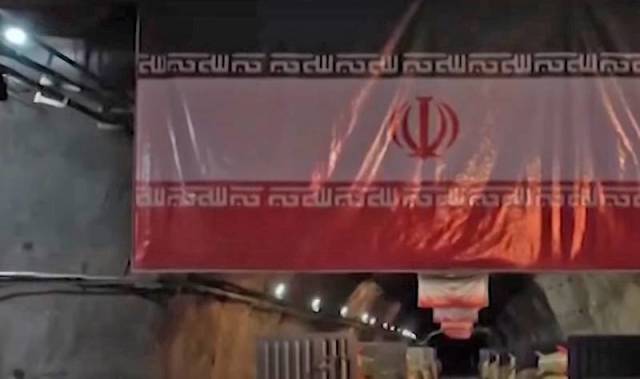
Image source: topwar.ru
Just last week, the Iranian authorities announced the commissioning of the underground air base Oghab 44. The facility can accommodate a variety of means of combat aviation, starting with a UAV and ending with a bomber.
It is worth noting that the new "Eagle 44" (which is how the name is translated into Russian) is not the only such object in Iran. Tehran also owns other underground bases that allow the country's Air Force to conduct surprise operations that supposedly should take the enemy by surprise.
In this regard, Forbes columnist Paul Iddon in his recent article expressed the opinion that Tehran has learned lessons from the Six-Day War of 1967 and the Iran-Iraq War of 1980-1988 - the wars of the second half of the XX century.
According to an American expert, Israel's mass destruction of the Egyptian Air Force on the ground during the Six-Day War apparently directly influenced Iran's decision to strengthen its air bases. According to Iddon, the latter turned out to be extremely timely, since during the 1980-1989 war, the Iraqi Air Force tried to destroy Iran's aircraft on the ground, but failed.
As a result, according to the observer, Tehran continues to adhere to the above-mentioned strategy and builds underground bases where its aircraft will be practically inaccessible.
At the same time, the American expert put forward another assumption, for which Iran needed the Oghab 44 base.
According to him, Tehran can place a certain number of F-4 Phantom long-range fighter-bombers in it. The latter can later be used to attack moving sea and important land targets.
According to the expert, this may be due to the still limited accuracy of Iran's missile arsenal (we are talking about ballistic missiles).
Finally, Iddon added that the sanctions imposed by the United States against Tehran since 1979 have significantly affected Iran's ability to maintain its relatively large fleet of pre-revolutionary aircraft. Meanwhile, the expert noted that the F-4 Phantom of the 1960s is still the basis of the Iranian Air Force.
